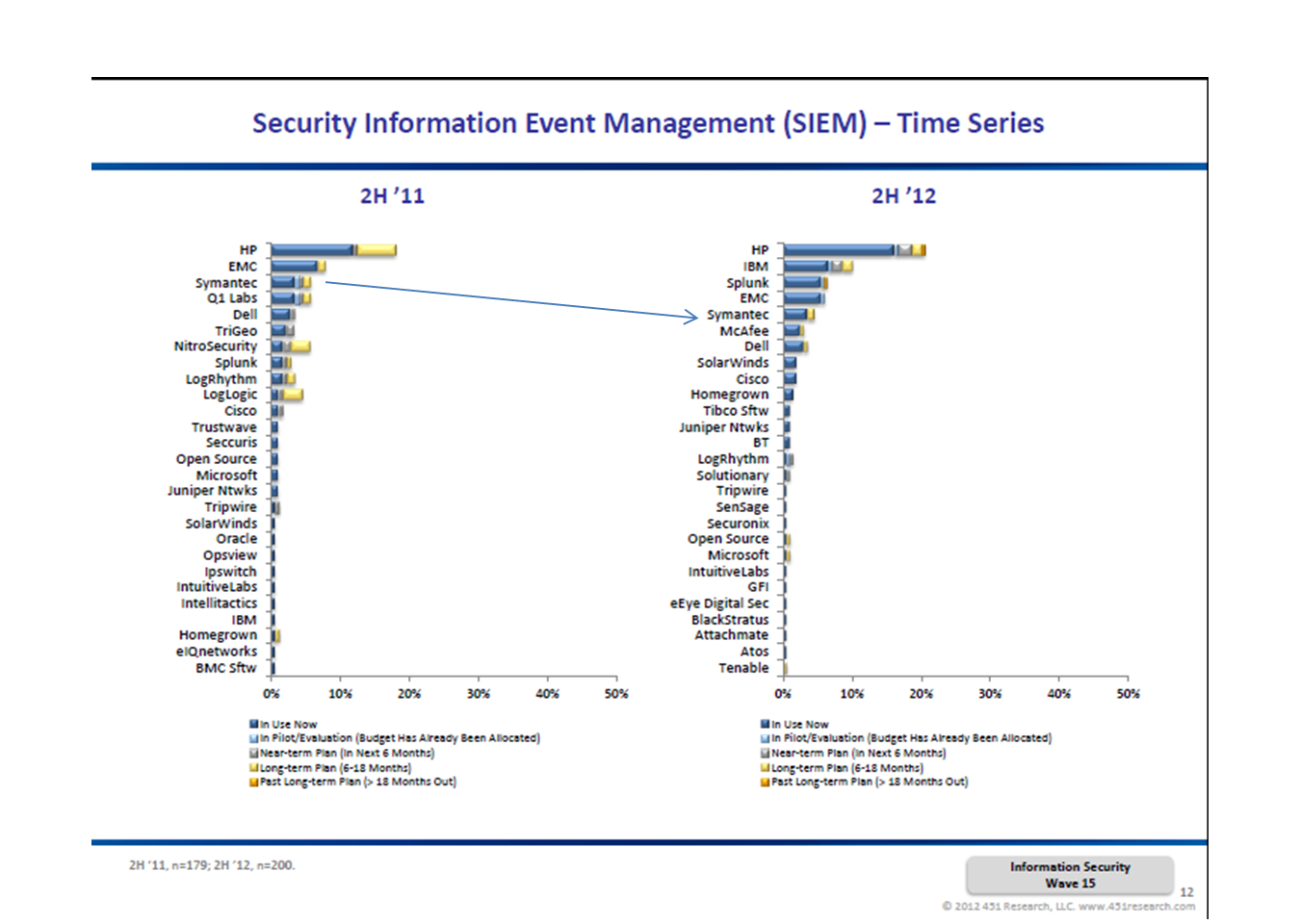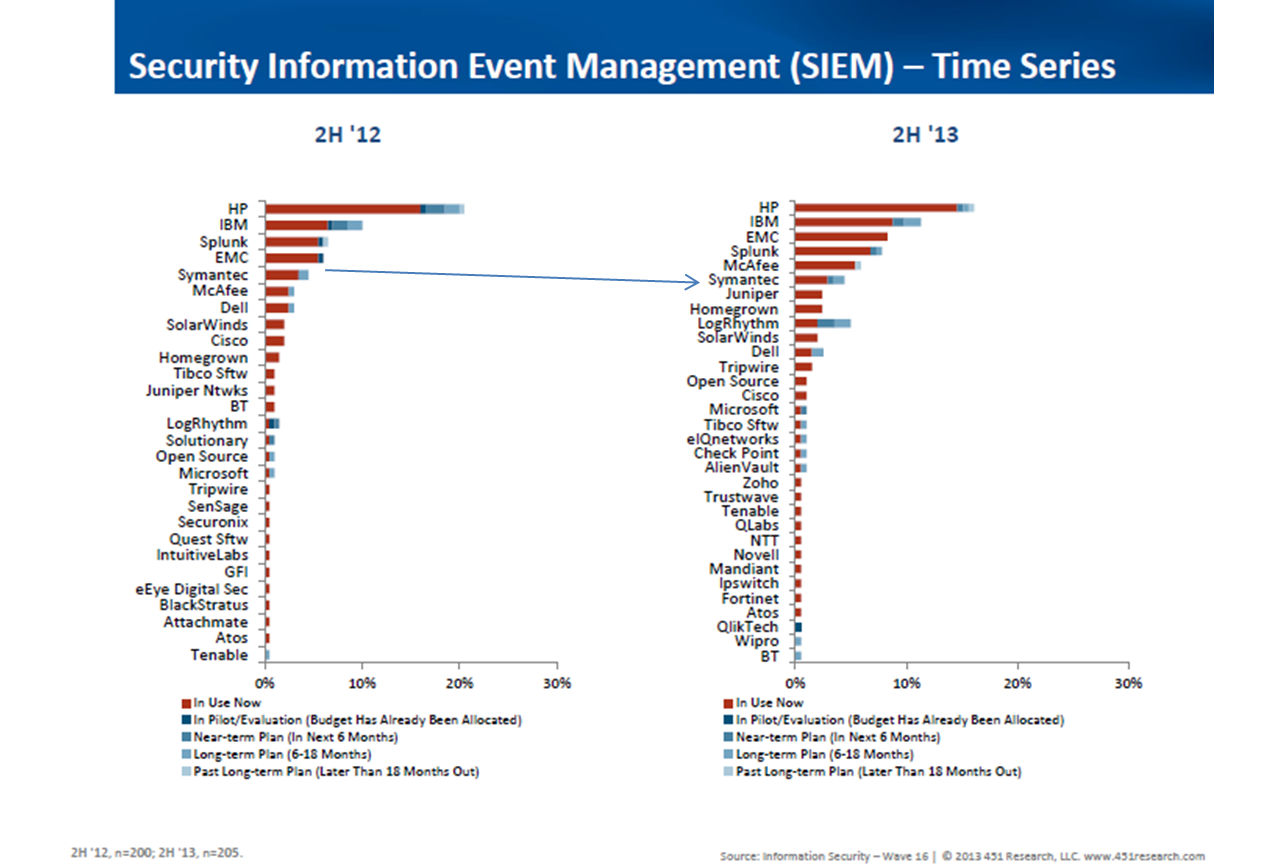Contact: Scott Denne
Investors haven’t balked recently at bidding up an enterprise tech IPO with massive growth and no profits in sight. Box, however, will test the appetite for that kind of stock more than most. The file-sharing provider has put up impressive growth numbers, doubling its revenue last year to $124m. The prior year it fell just short of tripling revenue. That growth has come at a cost. In the year ending January 31, Box had a net loss of $169m driven by $171m spent on sales and marketing.
Plowing revenue back into sales and marketing is fashionable lately, but few are doing it to the extent that Box does. At the time of their IPOs, SaaS companies Workday and ServiceNow, for example, were spending less than half of their revenue on sales and marketing while putting up similar growth rates. Box is trending toward becoming profitable – its costs grew at a slower rate than its revenue and every dollar it spent last year brought it $0.44 in revenue, up from $0.30 in 2011. However, improving margins have done little to stem the flow of cash out of the business; its negative free cash flow rose to $124m last year, up from $101m a year earlier. At those rates, it will take at least three or four years for Box to get near being profitable or cash-flow positive.
We would expect Box to be valued in the same neighborhood as Workday and ServiceNow’s IPOs, which each priced at 22x trailing revenue. That would put Box’s debut valuation at about $3bn, a step above the roughly $2bn valuation on its last venture round. Given Wall Street’s bullish reception of other enterprise SaaS vendors, Box should trade up from there.
We’ll have a longer report on Box’s IPO filing in our next 451 Market Insight.
For more real-time information on tech M&A, follow us on Twitter @451TechMnA.



